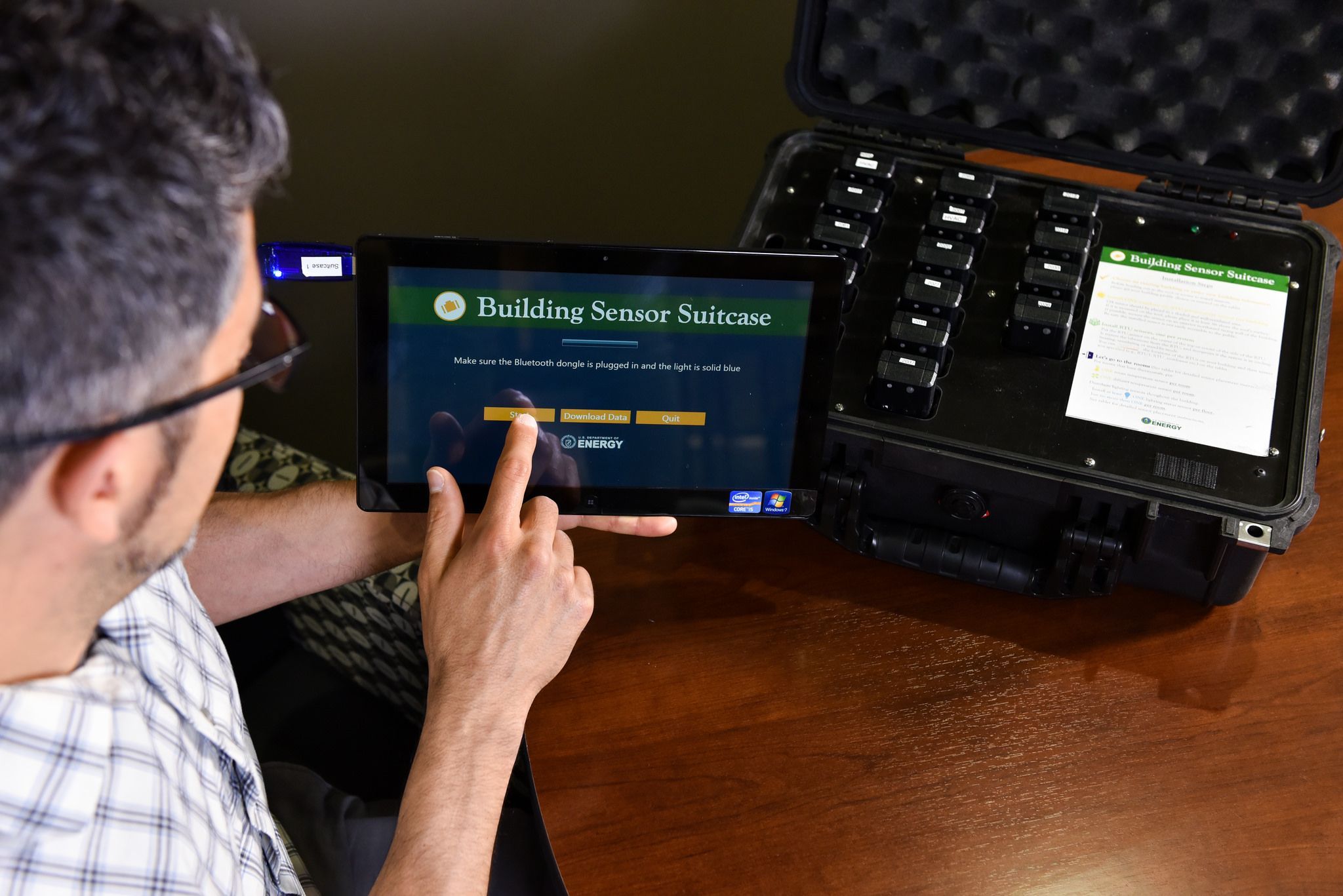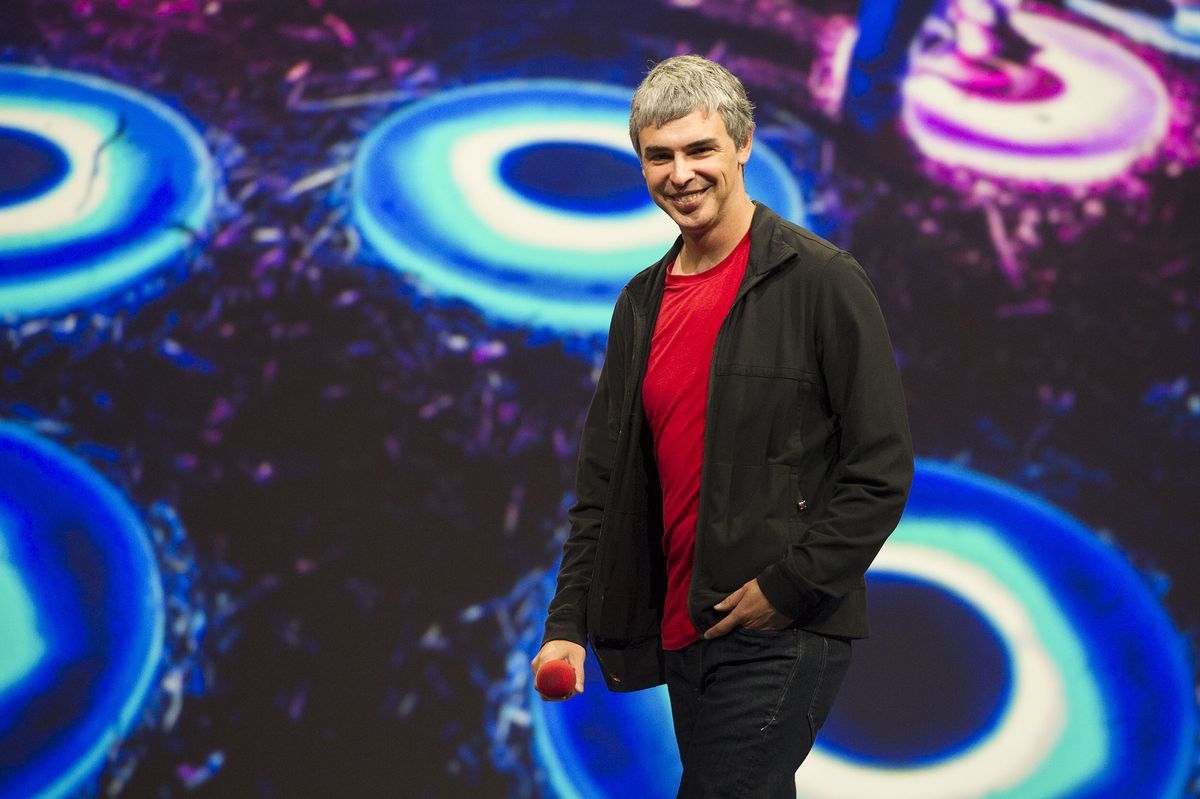By the end of 2017, solar PV capacity will rival nuclear. By 2022, it could more than double nuclear capacity.
DUBLIN, August 21, 2017 /PRNewswire/.
The “Regenerative Medicine Market, 2014 — 2025” report has been added to Research and Markets’ offering.
The global regenerative medicine market size is expected to reach USD 5.59 billion by 2025, according to this new report. Increased prevalence of neurodegenerative, orthopedic, and other aging-related disorders in geriatric population coupled with rising global geriatric population is anticipated to drive market growth.
SpaceX head Elon Musk and other industry leaders write that autonomy will lead to wider and faster war.
The prospect of tanks, machine guns, and drones that think for themselves becoming widespread is giving tech luminaries the heebie-jeebies.
In an open letter today (Aug. 21), a group of specialists from 26 nations called for the United Nations to ban the development and use of autonomous weapons. The signatories include Tesla CEO Elon Musk and DeepMind co-founder Mustafa Suleyman, as well as other leaders in robotics and artificial-intelligence companies. (Google acquired DeepMind in 2014.)
Elephants Never Forget!
Posted in computing, neuroscience
It’s a common saying that elephants never forget. But the more we learn about elephants, the more it appears that their impressive memory is only one aspect of an incredible intelligence that makes them some of the most social, creative, and benevolent creatures on Earth. Alex Gendler takes us into the incredible, unforgettable mind of an elephant.
It’s a common saying that elephants never forget, but these magnificent animals are more than giant walking hard drives. The more we learn about elephants, the more it appears that their impressive memory is only one aspect of an incredible intelligence that makes them some of the most social, creative and benevolent creatures on Earth.
The immune system as a whole can be broadly separated into two main branches: the innate immune response and the adaptive immune response. The innate immune response is performed by a system that is always present across the body, while the adaptive immune response appears only in response to an infection and is always specific to a particular infectious agent. B cells are a part of the adaptive immune system.
B cells are one of the two types of lymphocytes, the other kind being T cells. Like most immune cells, B cells have a very specific function: the production of antibodies, which play a major role in immunity. However, in order for a B cell to produce antibodies it must first become activated.
The original date of this broadcast was on August 20, 2017. Zoltan Istvan is the creator of the Transhumanist political party.
Subjects discussed: Cryonics, The merging of machines and humans, advance technology, transhumanism, CRISPR and Artificial Intelligence.
Listen to Flow of Wisdom Radio Live Sundays 3 — 5:00 PM EST on a radio station near you! Also, streaming live on GCNLive.com Call in 877−300−7645. http://flowofwisdom.com
Flow Of Wisdom with Sean Anthony is a syndicated, ground-breaking radio talk show with inspiration, insightful interviews, controversial guests, and a platform for alternative news on the GCN Radio Networks. http://gcnlive.com/JW1D/index.php/showinfo?showCode=62
The information is delivered in an unconventional way that brings understanding to some of the worlds controversial conspiracies.
Download Sean Anthony’s book, “Conversations With Hip Hop” http://www.amazon.com/dp/B00BIJP42G?tag=lifeboatfound-20








